Question1st question is- My 9 month old Pembroke welsh corgi named Bentley just started acting odd outside. He has never done this before until the last week or so and now when we take him out to use the bathroom if he hears anyone talk or any noises of people mowing lawn or kids playing he panics and his back legs start trembling and he runs towards the door like he wants to go inside. He doesn't mind going out and he still goes to the door like he wants to go out and is fine outside until he hears something. I'm just curious as too why he would be acting like this all of a sudden when he has never done it before and generally likes people.
2nd question- Bentley also has a problem with nipping. He is a very loving dog and he never gets aggressive about it but if we are playing with him its like he cannot control himself and nips at it too the point where it hurts sometimes. We have completely stopped playing the tug of war type games with him because we read that it may cause he too be aggressive but its not worked. He still wants to nip constantly. He cannot just lay and enjoy being pet.
Please help ? :)
Thanks so much!!!!
AnswerGreetings, and thank you for contacting All Experts!
1st question: definitely sounds like Bentley indeed got spooked of something! Asking why this is happening almost out of the blue is a very reasonable question and makes you wonder why he suddenly has become so easy to startle. Consider that puppies go through some developmental stages and some of them include some fear periods. A second fear period takes places between the age of 6 to 14 months, so this may be what your puppy may be going though. According to Doberman.org: http://www.doberman.org/articles/puppy.htm
''Second Fear Imprint Period (6 - 14 Months) The Second Fear Imprint Period is similar to the one that occurred during the socialization period, but, it is much less defined. It occurs as dogs enter adolescence and seems more common in males. It is often referred to as adolescent shyness. Your dog may suddenly become reluctant to approach something new or suddenly become afraid of something familiar. This behavior can be very frustrating to the owner and difficult to understand because its onset is so sudden and, seemingly, unprovoked. If you notice this behavior, it is important to avoid the two extremes in response: Don't force him to do or approach something frightening to him and don't coddle or baby him. To get through situations that make your dog fearful, be patient, kind, and understanding. Desensitize him to the object or situation by gradually introducing him to it and using food rewards and praise to entice him to confront the fearful object or situation. Do not coddle or reassure him in any way that will encourage his fearful behavior. Do not correct him either. Simply make light of it and encourage him give him food rewards as he begins to deal with his fear better. Make sure you lavishly praise his attempts! This phase will pass.''
Sounds pretty familiar, no? So not petting, baby talking or praising him when he acts this way. Something you can try is to de-sensitize him to the noises by using this behavior modification program I use often with clients of fearful dogs, this method works on teaching dogs to focus, it gives them an alternate behavior (giving eye contact instead of startling) and classically conditions the dog to start liking noises instead of fearing them by changing the underlying emotional state. Here is the program:
Step 1) Teaching focus and eye contact
Start by investing in 100$ treats. These are hot dogs, some chicken with no bones or skin, freeze dried liver, anything that makes Bentley drool. Now inside your home, start making a noise with your mouth, anything..a whistle, a smacking sound, simply a noise, no words. As you make the noise keep a treat at eye level. Right when Bentley hears the noise, he should look up and see the treat and make eye contact. Give him the treat immediately when he does this, even for a split second eye contact. Repeat over and over. This is the sequence: noise/treat at eye level/ dog makes eye contact/ dog gets treat/. Do it at least ten times and asking for more eye contact by holding the treat at eye level longer before giving it.
Step 2) Bring the Exercise Outdoors
Now find a location where there are some noises you know Bentley may be reactive to, but do not allow him too close to them, rather, find a location where he can acknowledge the noises but without going into a panic frenzy. Right when you hear the noise, make the noise with your mouth and give a treat right when he makes eye contact. Hope that there are plenty of noises, so Bentley can understand that it is not causal that he gets a treat every time he hears a noise and makes eye contact with you. If you do this enough, soon something wonderful will happen: Bentley will look up at you for the treat when he hears a noise for the treat. This means you have successfully classically conditioned him and changed his emotional state, from being ''oh, oh, a noise, better take cover!'' he will think 'oh, a noise, where's my treat mommy, where's my treat!'' As he gets good at this, get gradually closer to the source of noises. If he gets startled, you are working too fast for his comfort so go back a few feet and work more from there and wait before proceeding.
De-sensitation with gradual exposures and the use of treats is a way hunters teach their dogs from puppy hood to accept the noise of gunfire. They make a great deal of noises banging pots together right before feeding their dogs, so the dogs learn that loud noises bring good things. They eventually start looking forward to the loud noises when they associate them with food. Of course, this is done gradually and over time.
2nd Question> The nipping. Usually, puppies are separated from the litter at at least 8 weeks of age so mother dog and siblings teach the puppy not to bite too hard. How do they do this? the siblings stop playing with a loud yelp when they get hurt. Since they withdraw from the game, the puppy soon learns that when he nips to hard, the fun ends. You can do the same to teach Bentley you have sensitive skin.
As soon as he mouth, pronounce a loud ''Ouch'' ''Ep, epp!'' or Yiaoo'' to tell him he hurt you and suddenly turn around giving him your back. If you do this often enough he will know that all the fun stops when he nips, and no puppy likes that!
Also, how you are playing him plays a role too. Never play games with your hands, give him a toy to play with and teach him to nip at the toy and not your hands. A nice game of fetch will do, get a ball or a toy and move it around to stimulate prey drive, then toss it and have him catch it, then call him to you and have him give the toy to you by telling him ''drop it'' and offering him a treat. This is a great game, you may make it further constructive by asking him to sit before you toss the toy, this teaches him some impulse control.
If you are petting him and he suddenly nips, make the ''ouch'' yelp and stop petting him. Then give him a chance for success, ask him to sit and try to pet him on the head for a split second. If he allows you to pat the head, give a treat. If he tries to nip stop the petting. With time, he should learn that nipping=lack of attention, not nipping=treat. Corgi's are smart little beings so Bentley as a good opportunistic should quickly learn which behaviors are most advantageous! I hope this has helped, by very best wishes and a pat on the head (with no nip) for Bentley! Kind regards!

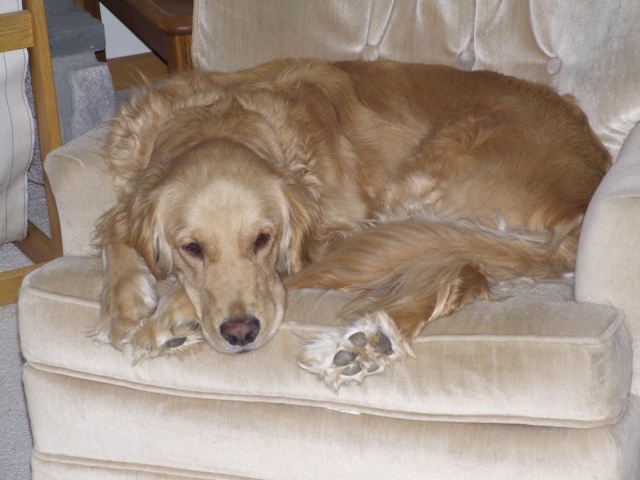 aggression in aging dog
Question
Niko
I have a thirteen year old, female, Samoy
aggression in aging dog
Question
Niko
I have a thirteen year old, female, Samoy
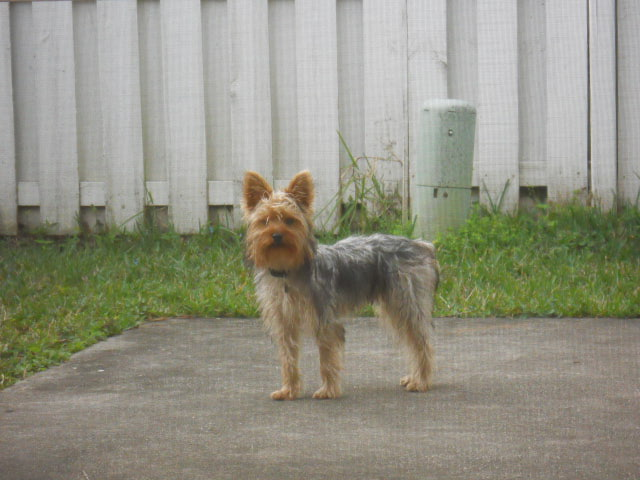 agressive silky terrier
Question
Lucas 1 year old
Hi Jennifer:
I have a
agressive silky terrier
Question
Lucas 1 year old
Hi Jennifer:
I have a
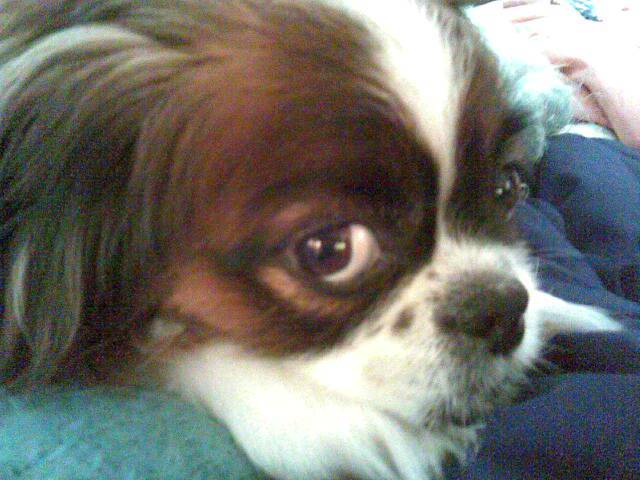 Post bladder surgery potty training for INDOORS!
QuestionTiki
QUESTION: Dear Dr. Connor,
My 10 ye
Post bladder surgery potty training for INDOORS!
QuestionTiki
QUESTION: Dear Dr. Connor,
My 10 ye
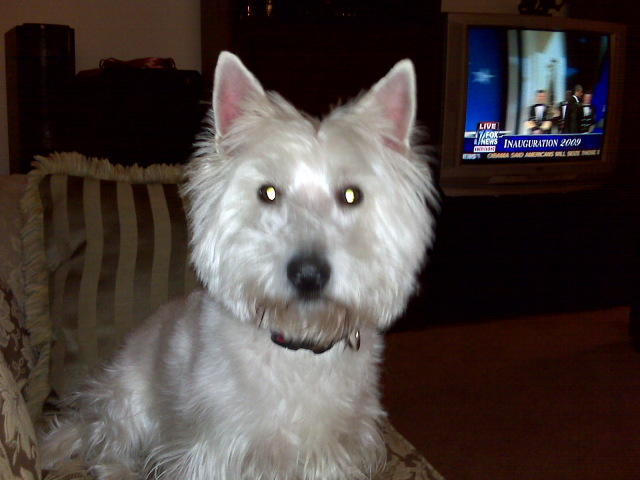 Companion for Lonley Westie
Question
Shannon
We have a 5-year-old neutered Westie w
Companion for Lonley Westie
Question
Shannon
We have a 5-year-old neutered Westie w
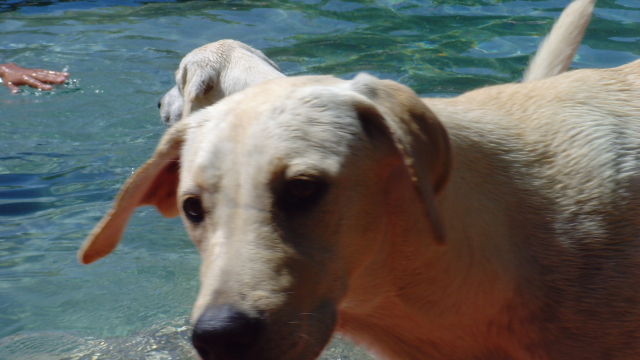 Psychological trauma
Question
Izzy
I recently took my 1 year old dog to a fr
Psychological trauma
Question
Izzy
I recently took my 1 year old dog to a fr